22km The River Wandle
The Wandle Valley
Ride overview
Cream teas at Morden Hall, a river filled with fish, and a corridor of green which passes through the lands of one of England’s greatest Abbeys as well as the former centre of print making and snuff production. But it’s not so much for the history that you ride this route, more for the summer drift - traffic-free and downhill all the way - along the city’s greenest of green tapestries.

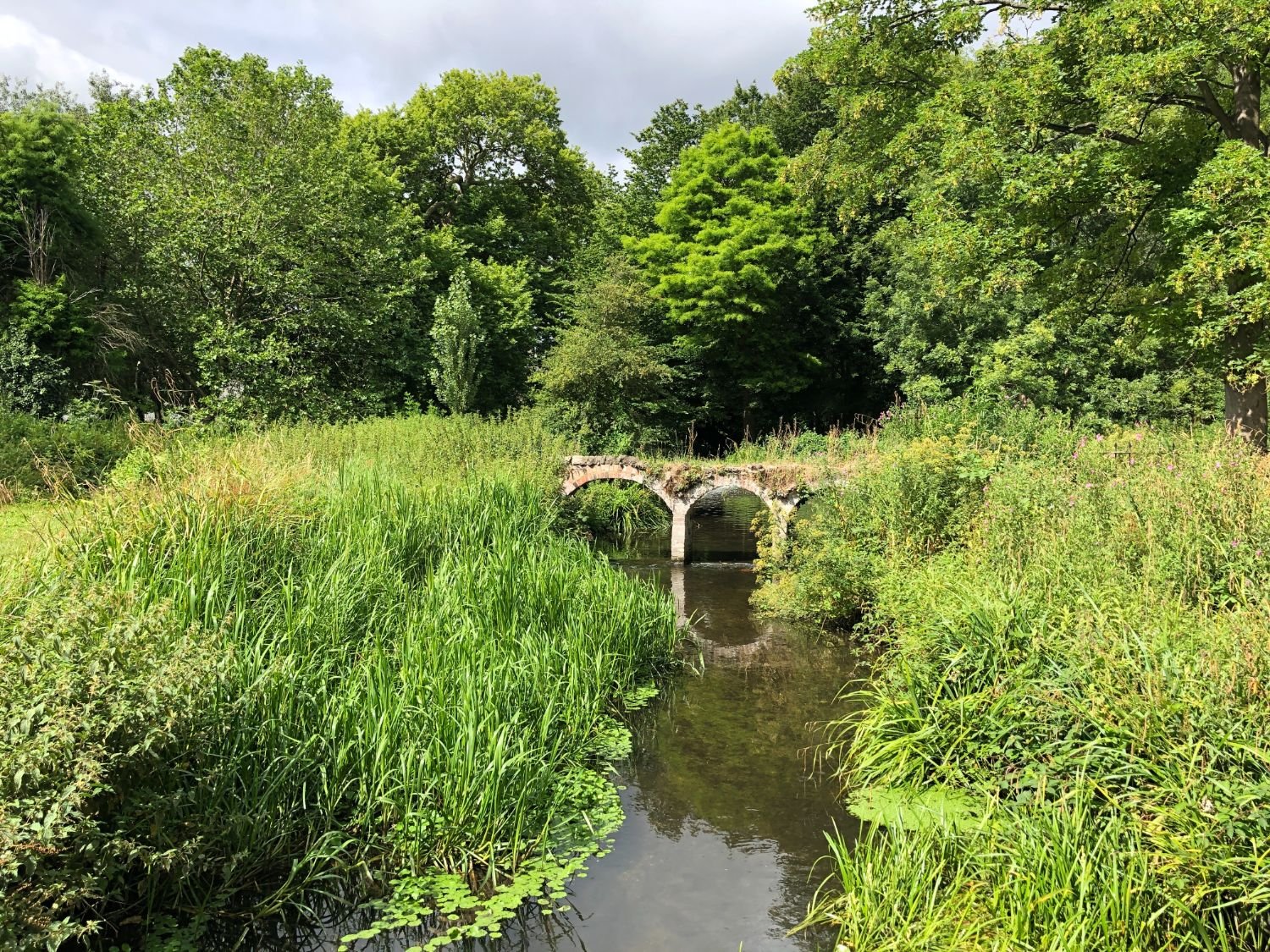
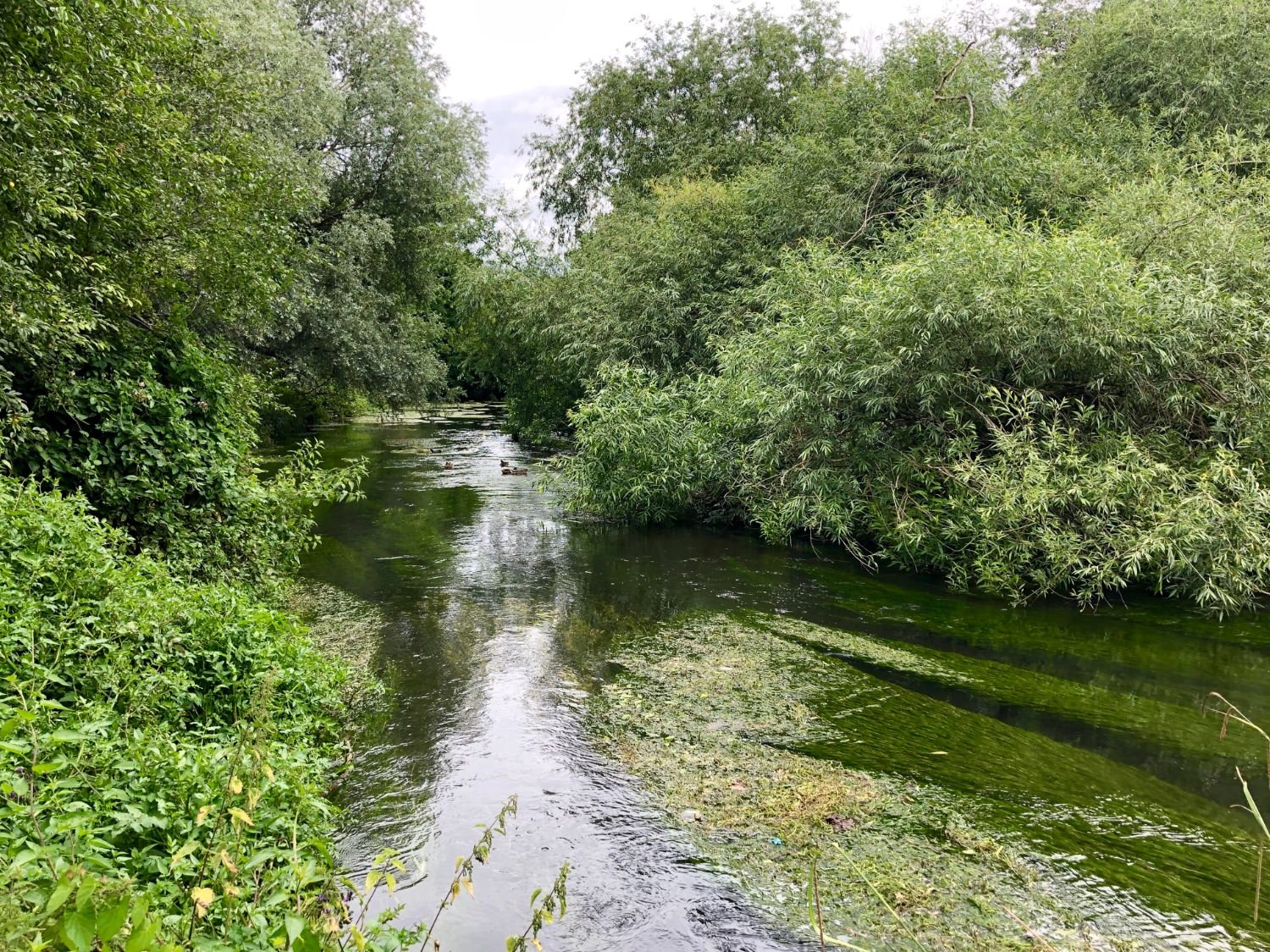
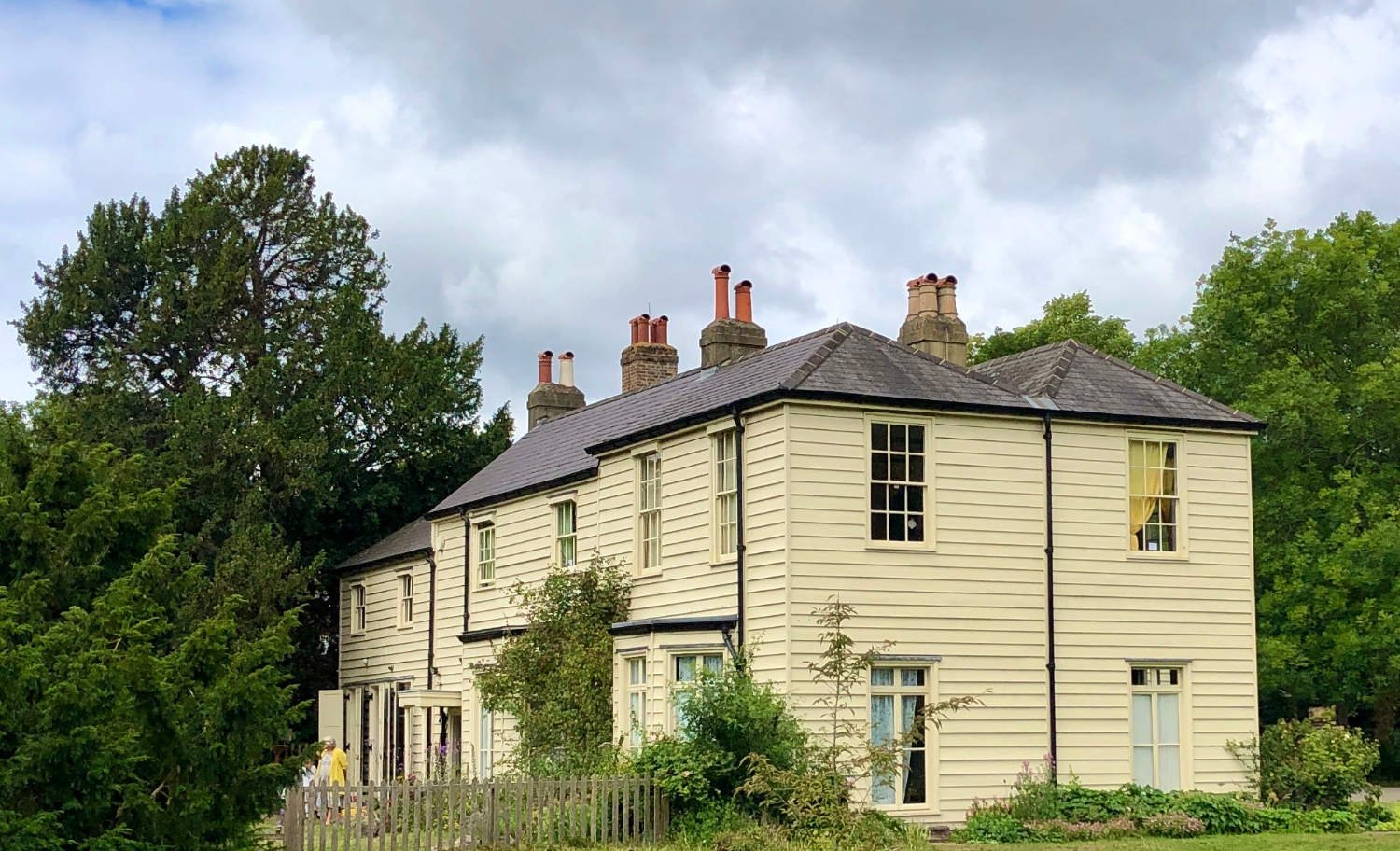

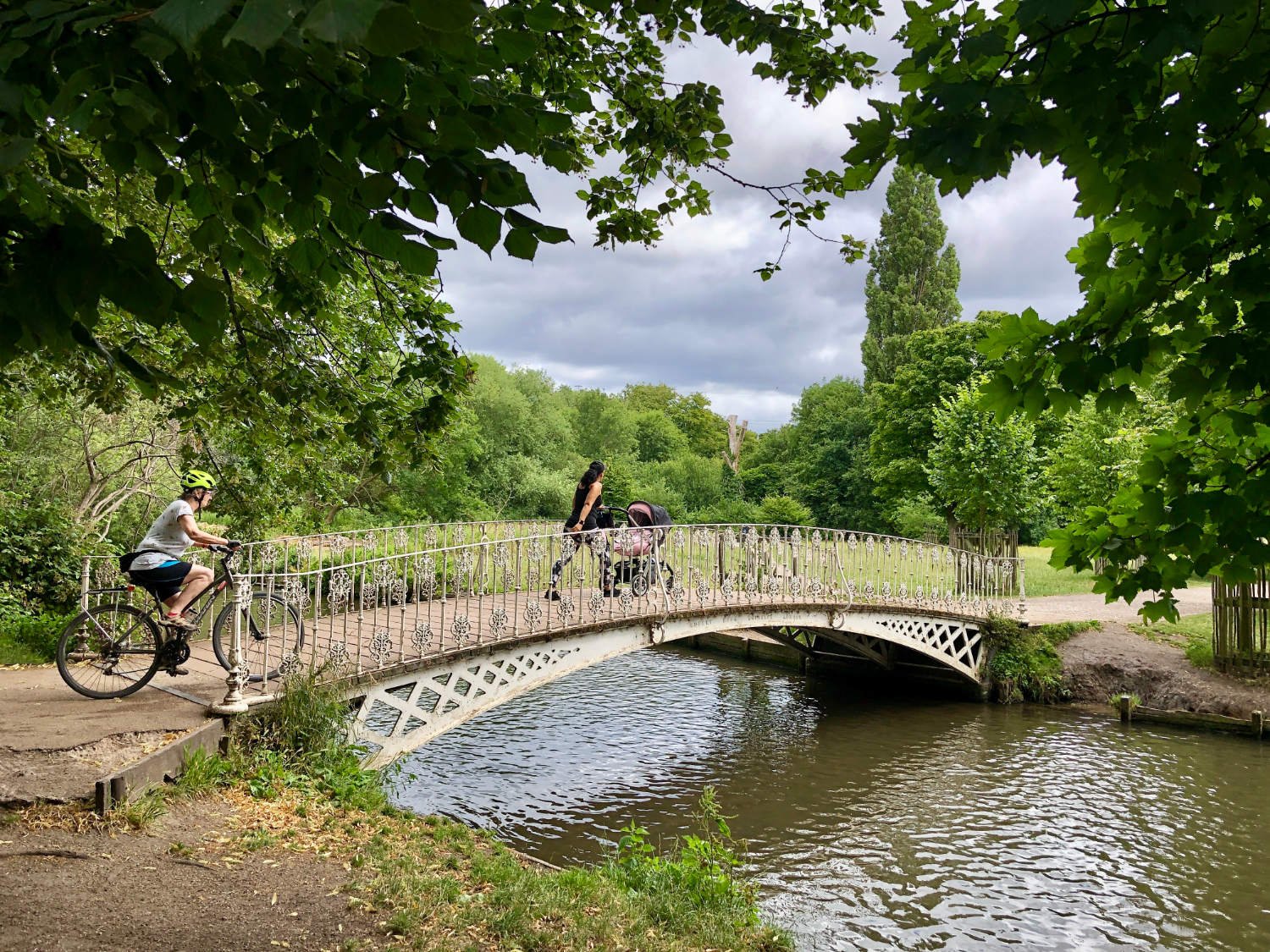
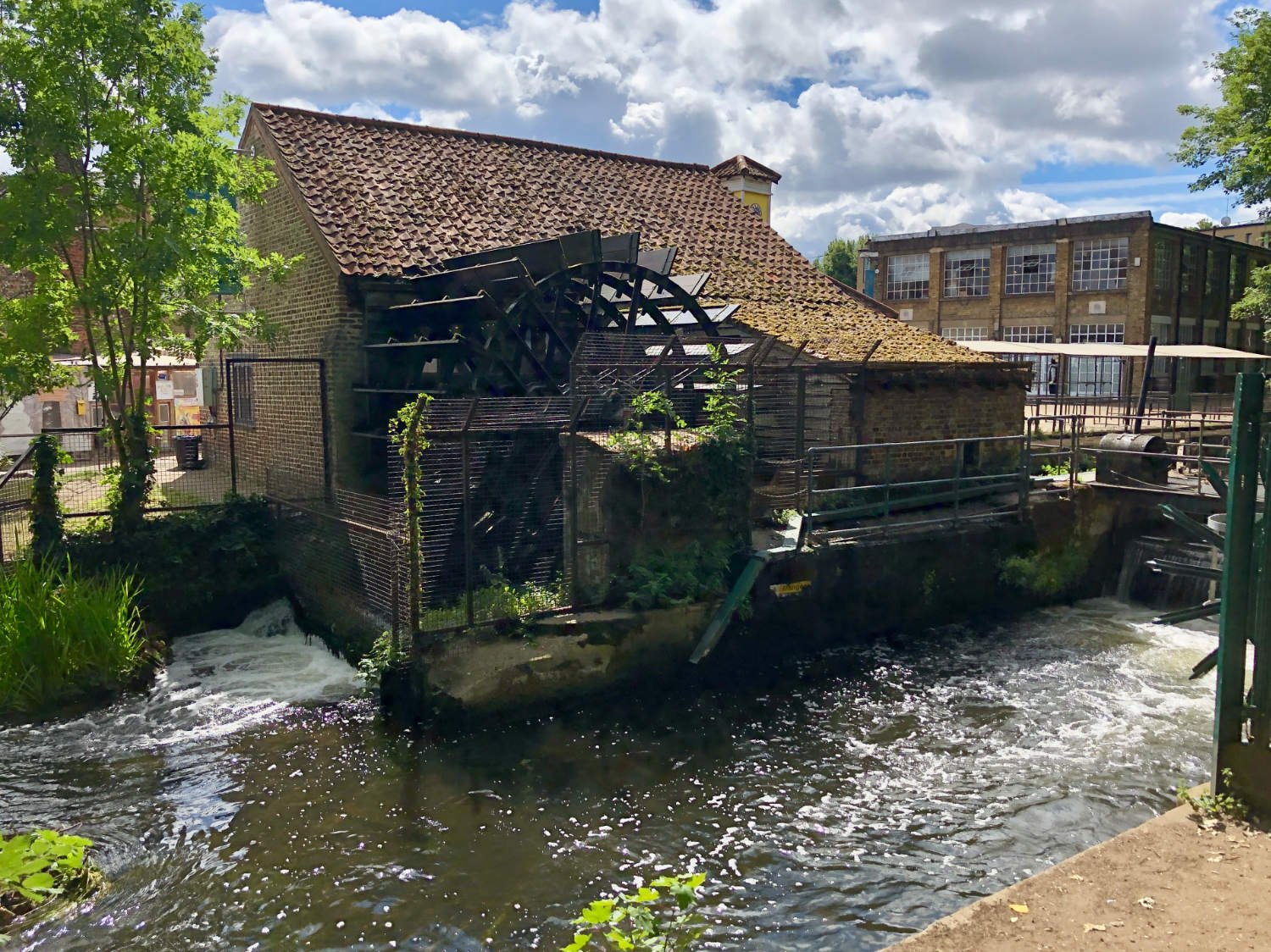
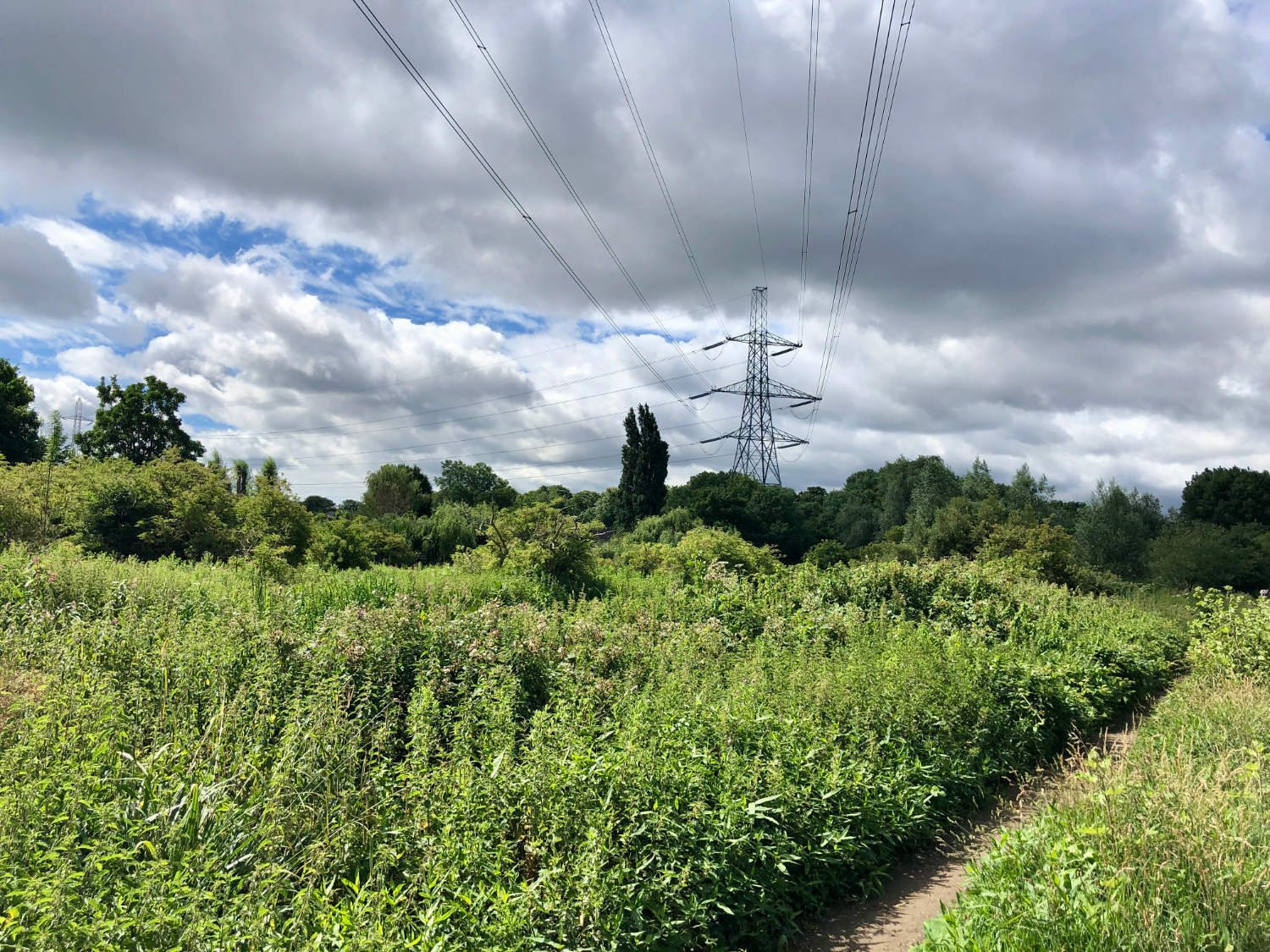
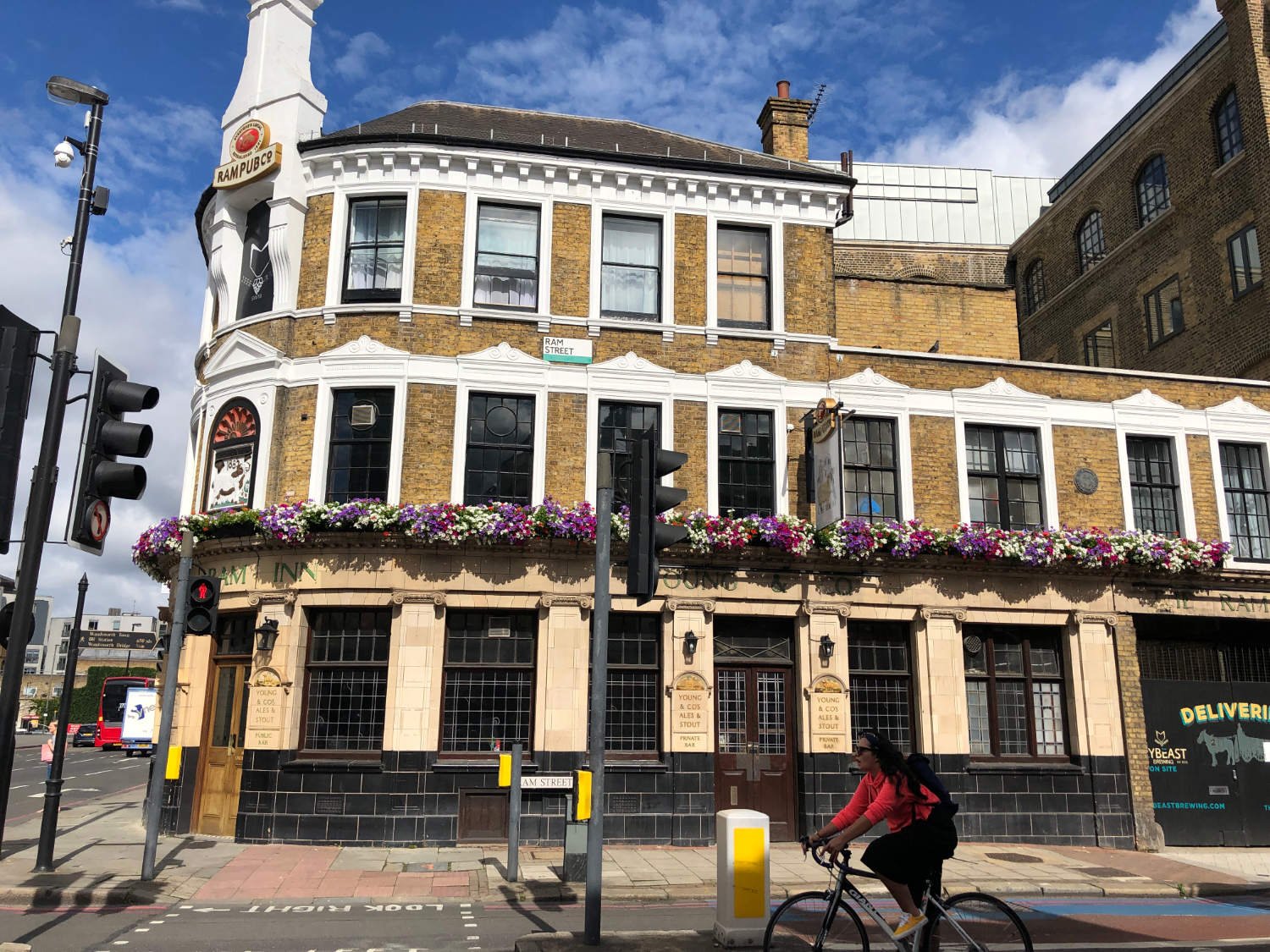
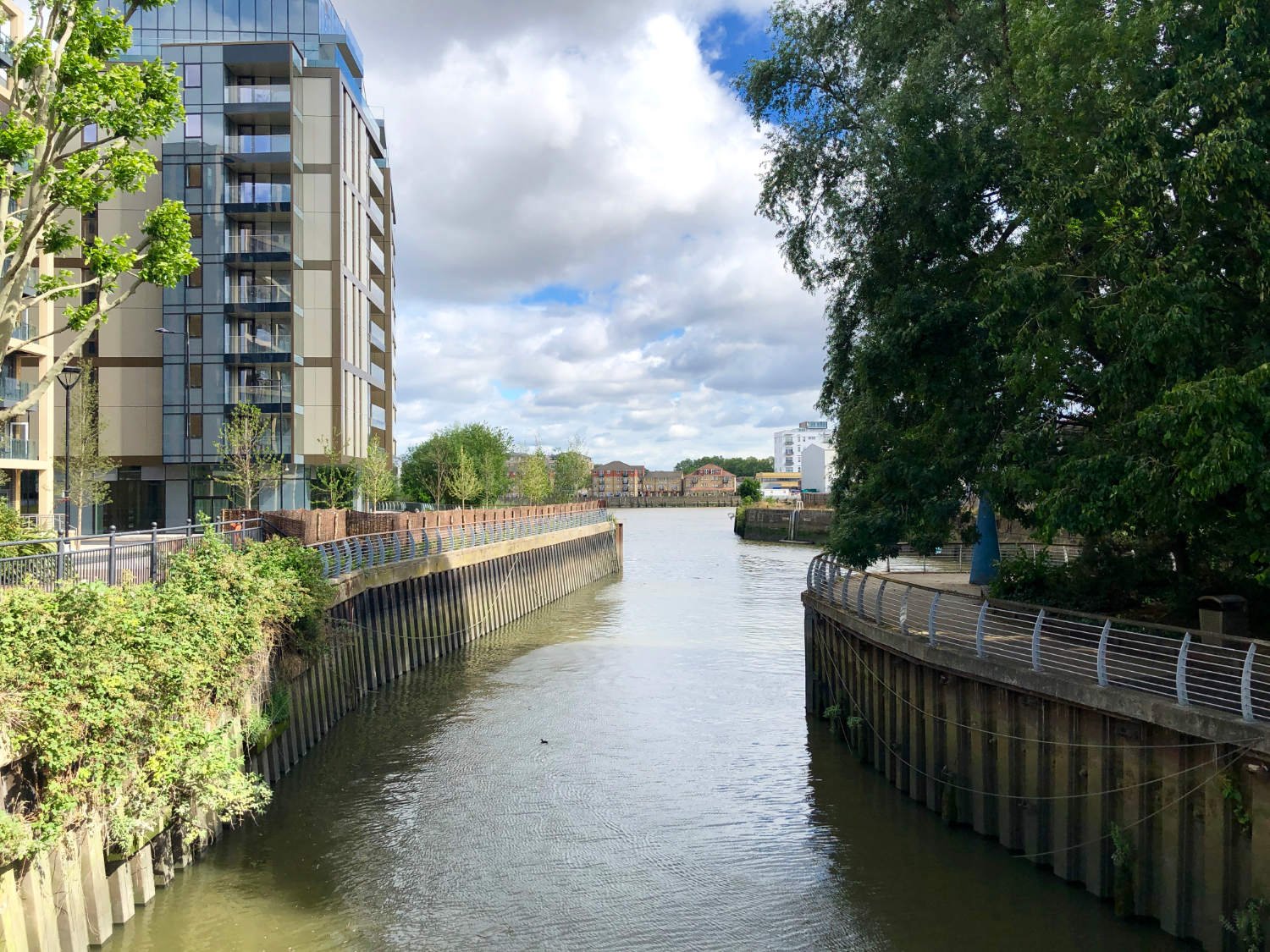
Ride practicalities
START/FINISH: Croydon/Wandsworth DISTANCE: 22km TOTAL ASCENT: 73m TERRAIN AND SURFACES: A mix of quiet suburban roads, traffic-free cycle tracks through parks and estates FOOD: Morden Hall; The Potting Shed and Stableyard, Wandsworth; The Ram PUBLIC TRANSPORT: Mainline trains from Victoria, Waterloo and London Bridge for Croydon, Putney Bridge has the District Line (bikes permitted, but see TfL for restrictions , nearby is East Putney for other mainline trains LINKS TO OTHER RIDES: Chiswick to Greenwich, Chalk and Two Rivers NCN 20, The Lavender Fields The Thames Cycle route
Ride notes
The name ‘Croydon’, is said to derive from the Anglo-Saxon ‘croh’ (crocus) and ‘denu’. (valley). The transformation from a valley filled with the saffron crocus to the mega-suburb of today is something to behold. In the last two hundred years, the town was known for its brewing and leather industries and in the 1920s Britain’s first international airport, was located a little way outside the centre.
Riding away from the station on traffic-free cycle paths, you pedal past the Old Palace which for 500 years was the Archbishop of Canterbury’s country home. Nearby is the Croydon Minster, one of South London’s most spectacular churches. Ride into Wandle Park, where the river springs out of the chalk. Not that you see that bit of course, but there is pond! Thence, via a network of cycle-paths, you arrive at Beddington, surely one of south London’s loveliest parks - and that is not just me saying that, for the location was pretty enough for a Roman to chose it for his villa, and later by Lord Carew for his mansion and deer park. The river Wandle wanders through the park before suffering from ‘culvertisation’ as it steered through housing. However, it resurfaces at Hackbridge and you rarely leave it for the rest of the journey.
At Mill Lane, you join another tributary of the Wandle, which has sprung up in Carshalton. The riding is easy and downhill, passing large suburban homes with their neat driveways and front gardens. Before the houses, the valley was not only the world’s centre for lavender and mint production (with its own special railway line to London), but also the river was home to many mills.
River Wandle flowing through Morden Hall Park
One mill which still turns is at Morden Hall. Here was the centre of the world’s snuff production, a form of tabacco that was sniffed directly into the nose, rather like cocaine. It was for a time, more fashionable than smoking. Gilliat Hatfield, who owned the business, was an enlightened employer who opened the grounds of his home to his mill workers when they had time off from work, and on his death he bequeathed the estate to the National Trust. If you are not in any hurry, the rose garden is a lovely place to linger and the two cafes sell lovely cakes and lunches. There is one of London’s best second-hand bookshops in the stable yard.
As you gently drift down the traffic-free trail beside the verdant green of willows, poplars and reeds, you pass near to Merton Place, (no longer standing) which was Lord Nelson’s home, where he lived with both Emma Hamilton his mistress, as well as her husband.
A few kilometres downstream you arrive at Merton where you pass through a flint gateway, which is the only remnant of one of England’s greatest and most powerful abbeys. Here, the earliest recorded parliaments met and it is where Henry VI was crowned king.
The River Wandle
At the height of its industrial fame, the river powered over 21 mills. Merton was one of the nation’s major centres of dye production and of cloth printing. Both Arthur Liberty and William Morris had mills on the river, as did Williamson, whose Dye works, became the sole provider of Cardinal’s hats because the bright red did not run in wet weather.
So industrial was the river, that it was named, ‘Britain’s hardest working river’, and so poor was the water quality, that in the late 1960s the river was declared biologically dead. It is hard to believe today as you ride through the water meadows and trout pools, which are home to over ten varieties of fish including eels and trout.
As the route enters the last few kilometres, the ride enters the more familiar inner-city of back streets and municipal parks. However, it is not long before you arrive at the huge Young’s Ram Brewery in Wandsworth, where you can finish the ride in The Ram, attached to the Sambrook Brewery. Beer has been brewed here since at least 1580, making it London’s oldest brewery. From the bar, it is a further kilometre to the formal end to the ride beside Sophie Horton’s sculpture ‘Sail’, at the confluence of the Wandle and the Thames. Turn left and follow the river to Putney (2km) for trains back into London.


